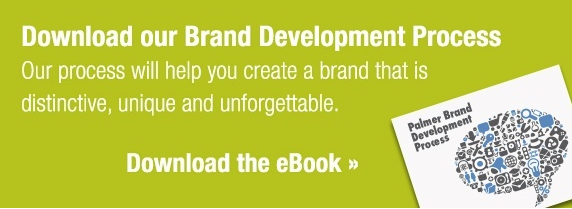While you probably have an intimate understanding of the role of demographics in marketing, it may be less clear to you what psychographics are and why they are so important to your inbound marketing strategy. 
Demographics provide data like age, marital status or ethnicity of consumer groups, while psychographics give you insights into their behavior, attitudes and lifestyles.
Just as a psychologist uses psychoanalysis to recommend treatment strategies, the most successful marketing teams utilize psychographics to prepare the most effective advertising campaigns.
It is critical your marketing team works with the most relevant consumer information possible in order to optimize the effectiveness of your marketing initiatives.
Psychographics provide the following benefits:
- Segmentation refinement: Your marketing team is probably working with consumer segments that are differentiated along characteristics like income or family type, which may provide broad differentiation, but it isn’t refined enough to identify key buying habits. Psychographics can further refine your consumers into groups like “Wannabes” or “Achievers,” which have specific buying motivations and habits. These may include the need to fit in or quickly satisfy an emerging need.
- More poignant marketing message: Once your marketing department has the proper psychographic model, you can make your marketing message more pertinent to them. For example, if your model shows a consumer segment is heavily invested in environmental causes, you can tailor your ad campaign to include green themes.
- Inbound marketing efficacy: If you have an accurate understanding of a consumer’s behavior, you can more easily identify what publications they read and what online sites they visit. You may then devote your advertising purchases to these portals, which will improve the success of your inbound marketing strategy. If you can meet your target consumers where they already are, it becomes much easier to guide them to your landing page and make that conversion.
- Remain attuned to consumer needs: Once you have a precise model of consumer behavior, you can better anticipate changing needs and interests in this group. This allows your marketing team to determine if your competitors’ new products will find traction among your key market segments. If you have a more insightful understanding of consumer behavior, you can then modify your ad campaign to be more relevant than your competitors’.
- Corporate psychology: While psychographics may appear to be most applicable to B2C marketing, psychographics may also be successfully applied to B2B companies. It is no secret that some companies are more likely to purchase products based on future benefit, while others are more conservative and likely to make purchases based on past rewards. Adding a psychographic component to your B2B marketing can help your marketing team better influence the decision makers of your client organizations.
The ultimate goal of any inbound marketing strategy is to shepherd motivated consumers to your organization. Psychographics help you identify those consumers as well as provide the tools to help secure that sale.
The greater your understanding of consumer psyches, the more likely you will convince them to make a purchase. Once you know your target market, you can apply that to your branding process. For more information about creating a perfect brand, download our brand development guide. Click the link below:






